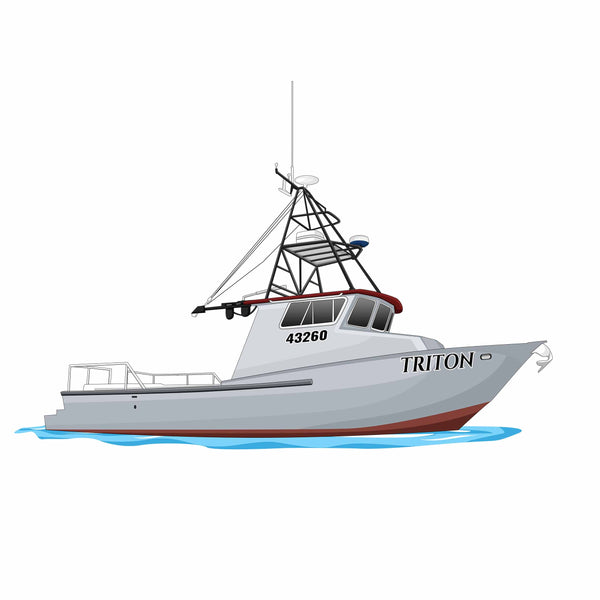Santa Cruz Island
SANTA CRUZ ISLAND

According to legend, Santa Cruz Island was named for a priest's staff accidentally left on the island during the Portola expedition of 1769. A Chumash Indian found the cross-tipped stave and returned it to the priest. The Spaniards were so impressed that they called this island of friendly people "La Isla de Santa Cruz," the Island of the Sacred Cross. Today the protection and preservation of Santa Cruz Island is divided between The Nature Conservancy and the National Park Service. The Nature Conservancy owns and manages the western 76 percent of the island, while the eastern 24 percent is owned and managed by the National Park Service.
In its vastness and variety of flora, fauna, and geology, Santa Cruz Island resembles a miniature California. At over 96 square miles in size and the largest island in California, Santa Cruz contains two rugged mountain ranges; the highest peaks on the islands (rising above 2,000 feet); a large central valley/fault system; deep canyons with year-round springs and streams; and 77 miles of craggy coastline cliffs, giant sea caves, pristine tidepools, and expansive beaches. One of the largest and deepest sea caves in the world, Painted Cave, is found on the northwest coastline of Santa Cruz. Named because of its colorful rock types, lichens, and algae, Painted Cave is nearly a quarter mile long and 100 feet wide, with an entrance ceiling of 160 feet and a waterfall over the entrance in the spring.
In its vastness and variety of flora, fauna, and geology, Santa Cruz Island resembles a miniature California. At over 96 square miles in size and the largest island in California, Santa Cruz contains two rugged mountain ranges; the highest peaks on the islands (rising above 2,000 feet); a large central valley/fault system; deep canyons with year-round springs and streams; and 77 miles of craggy coastline cliffs, giant sea caves, pristine tidepools, and expansive beaches. One of the largest and deepest sea caves in the world, Painted Cave, is found on the northwest coastline of Santa Cruz. Named because of its colorful rock types, lichens, and algae, Painted Cave is nearly a quarter mile long and 100 feet wide, with an entrance ceiling of 160 feet and a waterfall over the entrance in the spring.
As the largest of all of the Channel Islands Santa Cruz has the most dive able area of them all. From the Eastern most section that has Smugglers Cove and Yellow Banks reef, to the Southern side that has Pink Ribbon, Bowen Pt, and Willows Anchorage.
On the Northern side there is Scorpions Anchorage, Cavern Pt, Coche Pt, Potato Harbor with a hidden submerged swim through, Chinese Harbor and Prisoners Harbor that are the most unbelievable halibut hunting grounds, on up island to Twin Harbors, Diablo Pt, Cueva Valdez, and then there is Painted Cave, one of the most breathtaking sights on all of the islands, Further west there is a secret cove that has a submerged cave mapped by the Captain of the Triton and a group of divers with National Geographic and WHOI.
All the way to the West the island has some of its most extreme and rewarding diving with Gull Island which is home to one of the largest outcroppings of hard purple corals that can be found on the coast of California. Up further are Morse and Kenton Pt with their own giant kelp forests and teaming sea life.
While there are three separate MPA zones on Santa Cruz, there are many places that we can hunt for lobsters, scallops, halibut, and all sorts of other gamefish.
